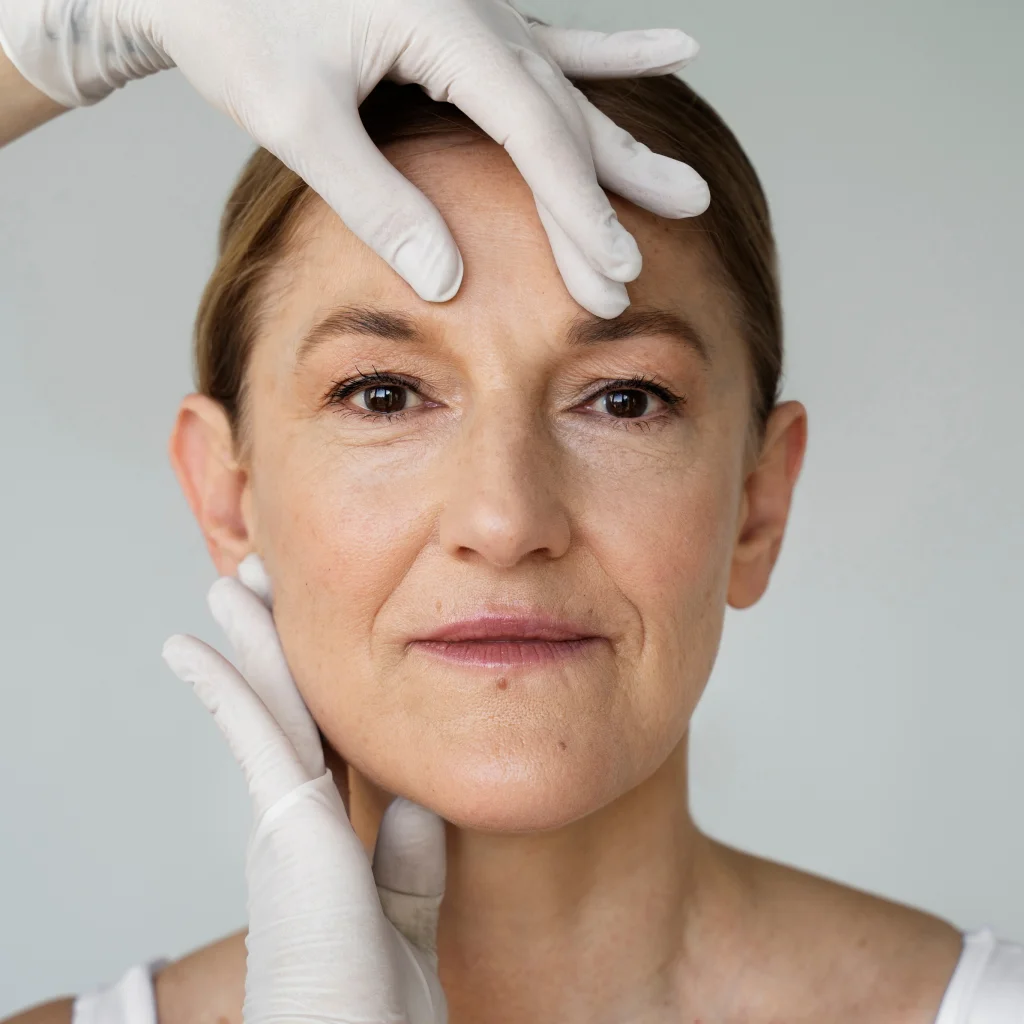Περιλαμβάνουν πλήθος δυσμορφιών, από απλές υποπλασίες έως σοβαρές ανωμαλίες, που αποτελούν διαταραχές διαμόρφωσης. Αυτές οι ανωμαλίες δημιουργούν ασυμμετρία των μαστών. Ο στόχος της πλαστικής χειρουργικής είναι επομένως η αποκατάσταση των μαστών και η επίτευξη συμμετρίας.







